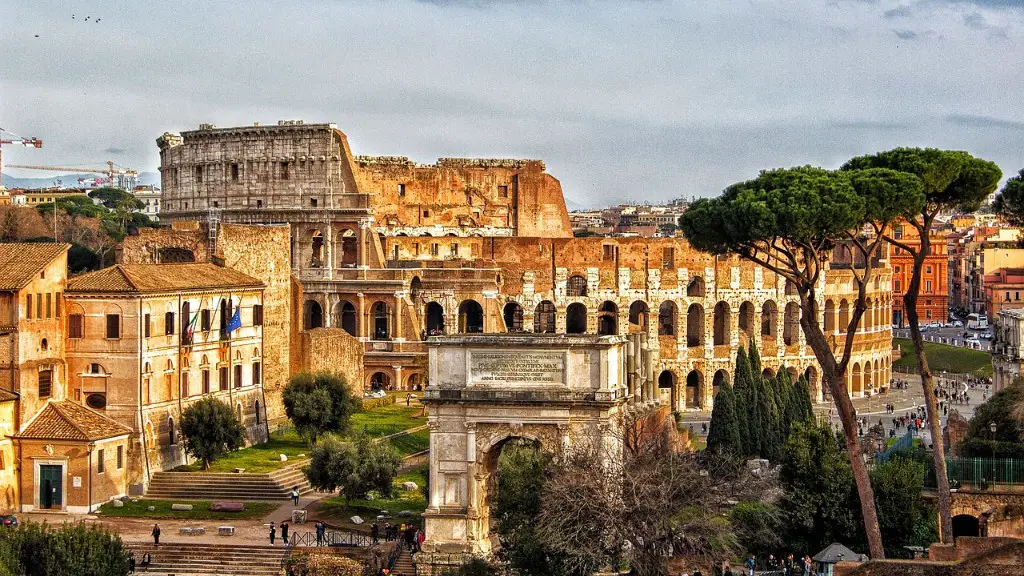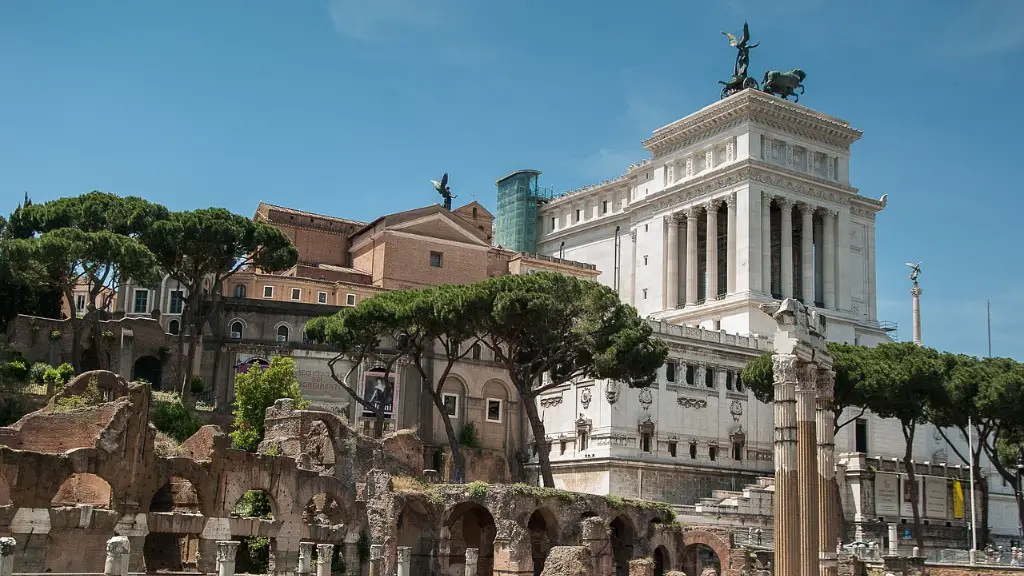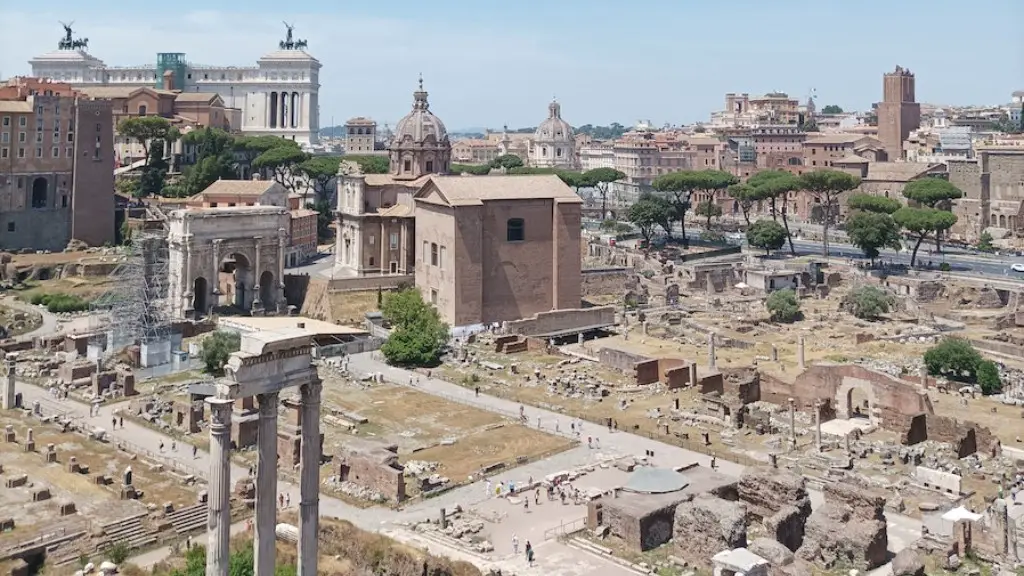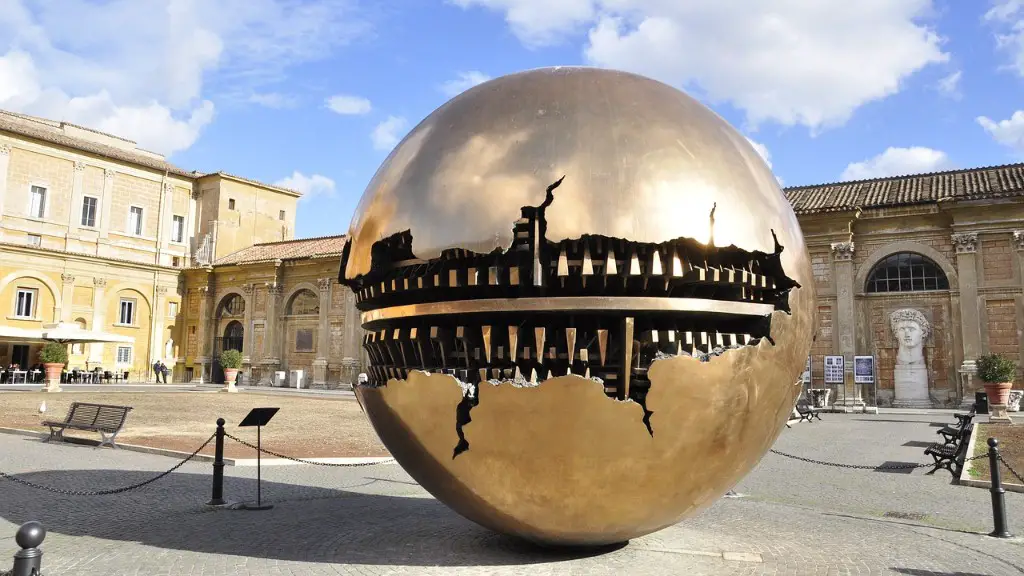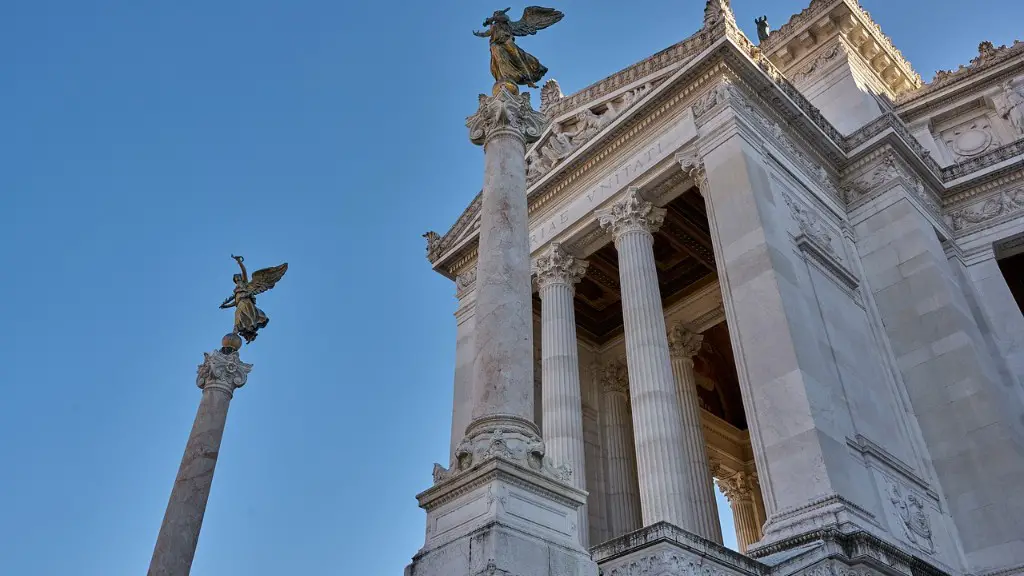The average ancient Roman was a hard-working, family-oriented individual whose life was full of challenges. Unlike the wealthy elite, most Romans were peasant farmers or manual laborers with little free time or money. Even the middle class had to work hard to maintain their standard of living. The average Roman diet was simple but healthy, consisting of barley bread, vegetables, olives, and occasionally meat. Roman homes were small and cramped, but usually had a garden where the family could relax and enjoy the outdoors. Roman families were large and close-knit, and children were expected to respect and obey their parents. Despite the challenges of everyday life, the ancient Romans found time to enjoy simple pleasures such as chatting with friends, going to the theater, and attending religious festivals.
The ancient Romans lived a very simple life. Most of them were farmers or slaves. They worked hard all day long and then came home to their families. They ate simple meals and didn’t have much money.
How did average Romans live?
The average citizen in the Roman Empire worked hard and lived in modest housing. Despite the riches of the empire, the largest class lived in what can only be described as poverty. Roman children wore pendants called bullas, from the Latin word for “bubble,” around their necks.
Roman men were expected to provide for the family. In richer families, husbands often held well-paid political positions. In poor families, both husbands and wives often had to work. Wealthy Roman women ran their households and bought and trained the family’s slaves.
Where did average Romans live
Space was at a premium in a walled metropolis like Rome, and from the beginning little attention was paid to the housing needs of the people who migrated to the city – tenements provided the best answer. The majority of Roman citizens, not all of them poor, lived in these apartment buildings or insulae. However, these buildings were often cramped, dirty, and dangerous, and many people were forced to live in squalid conditions.
The early Roman Republic was largely agrarian, with the economy focused on the trading of commodities such as grain and wine. It is conjectured that this period was relatively prosperous, as evidenced by the growth of the city of Rome and the development of infrastructure such as roads and aqueducts. However, the exact nature of the economy during this time is still unclear, and further research is needed to gain a better understanding of this period in Roman history.
How fit was average Roman?
In order to be considered a legionnaire, one had to be able to march 20 miles in 5 hours with full armor and kit weighing 45lbs. This was considered to be a very strenuous task, and it was not uncommon for soldiers to collapse from exhaustion. However, those who were able to complete the march were considered to be some of the most physically fit people in the world.
The Romans were very good at borrowing technologies from other cultures and making them their own. This allowed them to achieve high levels of technology, despite having limited sources of power. Some of their most impressive structures, like the Colosseum and the aqueducts, have survived to this day.
What time did Romans sleep?
It is estimated that humans used to sleep for around 8 hours every night. However, with the advent of the industrial revolution and the need to be up and working during the day, this has changed. People now typically sleep for around 6-7 hours a night. This has led to an increase in cases of insomnia and other sleep disorders.
The social structure of ancient Rome was defined by several factors, including heredity, property ownership, wealth, citizenship, and freedom. It was also male-dominated, with women largely defined by the social status of their fathers or husbands. Women were typically expected to take care of the home and had little independence.
What did Romans do for fun
Today, the term “ludi” is used to refer to public games and spectacle events, such as the Roman games, which were a combination of religious ceremonies, entertainment, and athletic competitions. The games were usually held in honor of a deity or deified emperor and featured a variety of events, including races, boxing, wrestling, and other sports.
The ancient Romans had a very different daily routine than we do today. They would wake up before dawn and work until noon, then spend the afternoon pursuing leisurely activities like swimming and exercising. At sundown, they would get together for elaborate dinner parties that often went on until late in the evening. This different schedule meant that they had more time for leisure than we do, but it also meant that they didn’t have much time for sleep!
How tall were Romans on average?
The average height for a Roman man was between 5′ and 5’5″, based on skeletal remains and written history. Eastern Rome (Constantine’s Post Italian Rome) was 5’4″-5’7″. The original Roman had a wheat bread based diet, which lack of protein kept heights low.
The Romans typically ate three meals a day. The first meal of the day was breakfast, which consisted of bread or a wheat pancake eaten with dates and honey. The second meal, eaten at midday, was a light meal of fish, cold meat, bread and vegetables. The third and final meal of the day was dinner, which was a more substantial meal consisting of meat, vegetables and sometimes fruit.
How did Romans have babies
The development of midwives in Rome was a great step forward for women’s health during childbirth. Midwives assisted in births at home, and came prepared with oil for lubrication, warm water, sponges, and bandages for the newborn. During difficult births, midwives would sometimes use tools with sharp hooks to extract the baby. This practice helped to ensure that more babies and mothers survived the birthing process.
Wealthy Romans certainly had it good! They lived in gorgeous houses–often situated on picturesque hills outside of Rome to escape the congestion and stench of the city. Their lifestyle was one of luxury, with elegant furnishings and plenty of servants and slaves to attend to their every need. It’s no wonder that the Roman elite were able to enjoy such a wonderful quality of life.
What was the Roman quality of life?
For wealthy Romans, life was good. They lived in beautiful houses – often on the hills outside Rome, away from the noise and the smell. They enjoyed an extravagant lifestyle with luxurious furnishings, surrounded by servants and slaves to cater to their every desire.
Rome was able to gain its empire in large part by extending some form of citizenship to many of the people it conquered. Military expansion drove economic development, bringing enslaved people and loot back to Rome, which in turn transformed the city of Rome and Roman culture. The extension of citizenship helped to solidify Rome’s power, as conquered people were more likely to be loyal to Rome if they had a stake in the empire. The economic development that came with military expansion allowed Rome to become a wealthy and powerful city-state, which helped to further its military ambitions.
Why were Romans so strong
The Roman military was one of the most effective fighting forces in history. A big part of their success was due to the quality of their soldiers, who were rigorously trained.
One element of their training was marching 20 miles a day wearing full armour. This helped to keep them fit and also taught them how to move around in formation, which was crucial for battle.
Other training included learning specific tactics and manoeuvres for battle. This made the Roman army a well-oiled machine that was able to defeat even the most experienced and battle-hardened foes.
I am 175M (5’8″) tall and I have excellent vision and hearing. I am also in excellent physical condition. I am able to run fast, jump high, and lift heavy objects. I am verycoordinated and have excellent balance. I am also very strong.
Warp Up
The average ancient Roman was a humble farmer who worked hard to eke out a living. His diet was mostly grains and vegetables, with occasional meat. Housing was simple, and most families lived in one or two room homes. Roman entertainment revolved around the local tavern, where men would gather to drink, play games, and talk. religion was an important part of Roman life, and most homes had a small shrine dedicated to the family’s favorite deity.
To sum up, the ancient Romans had a complex social hierarchy with many different classes of citizens, and each class had its own specific rights and duties. The upper classes were able to enjoy a life of luxury, while the lower classes had to struggle to survive. Despite these differences, the ancient Romans were able to create a thriving society that lasted for centuries.
